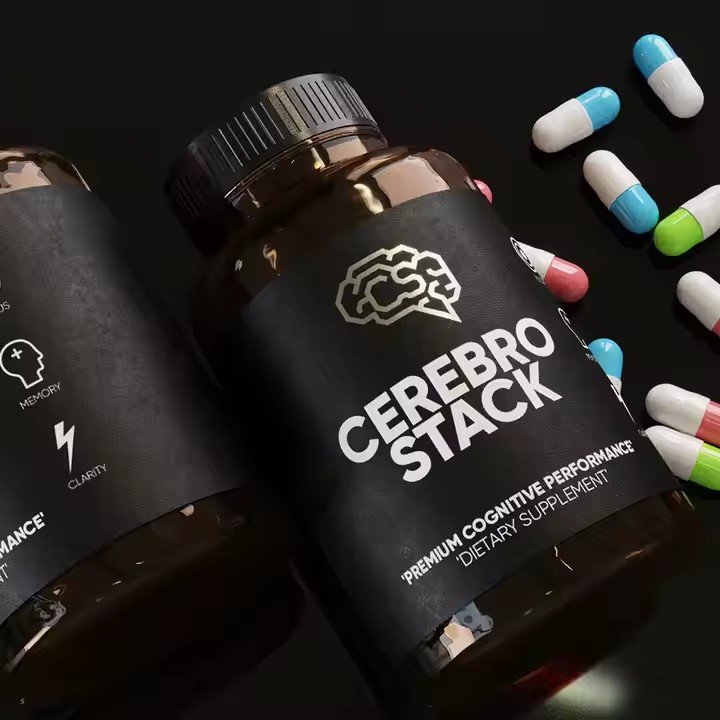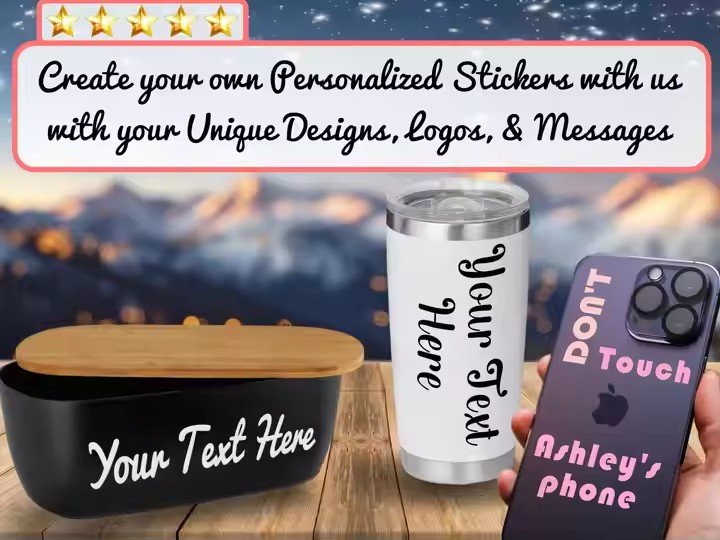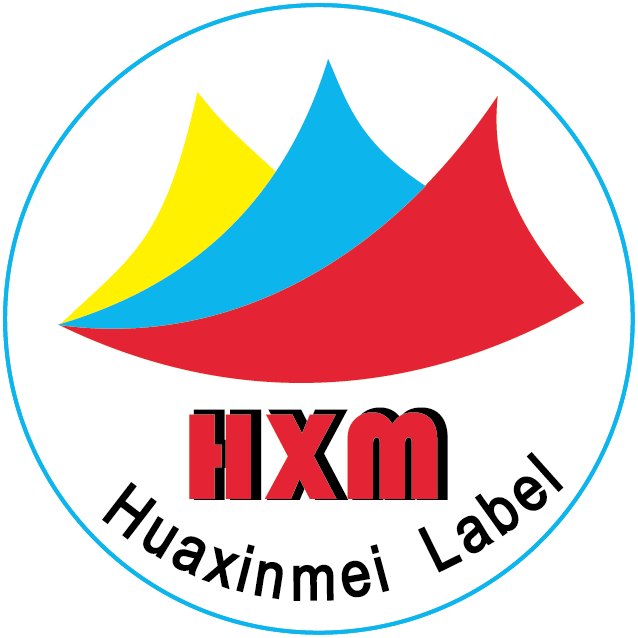I. Core Principles of Designing Aluminum Labels into Car Emblems:
Balancing Brand Identity, Functionality, and Material Characteristics
At the early stage of design, three core principles must be defined to ensure that an aluminum car emblem aligns with the brand’s positioning, leverages the advantages of aluminum, and meets the demanding requirements of automotive environments.
- Prioritize Brand DNA: Make the Emblem the “Visual Spokesperson” of the Brand
The primary function of a car emblem is to convey brand identity. Therefore, its design must deeply integrate brand DNA — including the logo’s graphics, colors, typography, and the brand’s underlying heritage and philosophy. The aluminum label design should not deviate from this foundation but rather use the material’s texture to enhance the brand tone:
For brands emphasizing “premium luxury” (e.g., Mercedes-Benz, BMW), use matte anodizing + precision engraving to create a refined metallic finish that conveys elegance and sophistication.
For brands focusing on “sport and technology” (e.g., Tesla, Porsche), adopt high-gloss polishing + hollow structures to produce a sharp, futuristic visual appeal that reinforces speed and innovation.
For brands committed to “sustainability” (e.g., BYD, NIO), incorporate recycled aluminum and adopt minimalist lines + lightweight structures to visually express eco-friendly values.

For instance, NIO’s emblem uses a minimalist letter-based design made from anodized aluminum alloy. The result is a fine matte-silver texture that reflects the brand’s tech-oriented identity. Its lightweight construction (only 15–20 g per emblem) also supports energy efficiency in electric vehicles — perfectly balancing brand DNA and material advantages.
- Functional Adaptation: Meeting the Demands of a Vehicle’s Full Lifecycle
Car emblems must withstand prolonged outdoor exposure to heat, cold, rain, UV radiation, and impact. Hence, aluminum label design must strengthen durability, safety, and adaptability:
Durability: Aluminum naturally resists corrosion but requires surface treatments (anodizing, electroplating) to further enhance UV and acid–base resistance. The emblem should retain its shape and color between –40°C and 80°C and last as long as the vehicle itself (typically 8–10 years).
Safety: Emblem locations (front grille, rear trunk, wheel hub) must avoid sharp corners. Edges should be rounded (radius ≥ 1.5 mm) to prevent injury upon impact. The emblem’s weight must also be strictly limited (front emblems ≤ 30 g) to avoid hazards in case of detachment.
Adaptability: The emblem’s structure should vary based on its installation location — front grille emblems are typically 3–5 mm thick (to fit grille gaps), rear emblems 5–8 mm thick (for adhesive or snap-fit mounting), and wheel hub emblems ≤ 2 mm thick (to maintain wheel balance).
- Maximizing Material Strengths: Turning Aluminum’s Advantages into Design Highlights
Aluminum’s lightweight nature, easy formability, and metallic finish are its core design assets — they should be fully showcased, not disguised as “metal versions of plastic emblems.”
Lightweight Advantage: With a density of only 2.7 g/cm³ (about one-third that of steel), aluminum allows hollow or thin-walled structures that reduce weight while enhancing visual depth.
Example: Audi’s four-ring emblem uses aluminum alloy with a hollow design, keeping total weight under 25 g. This reduces front-end load while enhancing the emblem’s open, airy look.
Formability Advantage: Aluminum supports stamping, engraving, bending, and even 3D printing, enabling embossed or multi-layered structures for refined detailing.
Example: Rolls-Royce’s “Spirit of Ecstasy” ornament is die-cast from aluminum alloy, then hand-polished to achieve fluid, sculptural curves — showcasing high-end craftsmanship.
Metallic Texture Advantage: Through various surface finishes (matte, high-gloss, brushed, iridescent), aluminum can express diverse visual identities. Selecting the right finish enhances brand distinctiveness and avoids monotonous “silver tones.”
Example: Lynk & Co uses brushed aluminum for its emblem, achieving a fine metallic grain with a black frame that changes subtly under light — a modern alternative to glossy traditional emblems.

II. The Core Process of Transforming Aluminum Labels into Automotive Emblems:
A Five-Step Journey from Concept to Production
Converting an aluminum label into a car emblem follows the process of
“Requirement Analysis → Creative Design → Process Selection → Prototype Testing → Mass Production.”
Each step must be closely aligned to ensure feasibility and high-quality results.
Step 1: Requirement Analysis — Define Boundaries and Objectives
Before design begins, it’s crucial to clarify needs to avoid rework. Core requirements include:
Brand Requirements: Identify core visual elements (logo, brand colors, typography), forbidden elements (e.g., copyrighted icons, off-brand colors), and the key brand message (technology, luxury, sportiness).
Application Requirements: Determine installation location (front, rear, hub, steering wheel), mounting method (adhesive, clip, screw), and size constraints (e.g., front emblems typically 8–12 cm in diameter, wheel hub emblems 4–6 cm).
Industry Standards: Ensure compliance with automotive regulations such as GB/T 18411-2019 “Signs for Automobiles”, which specifies weather resistance, adhesion, and impact performance, ensuring full regulatory conformity.
Step 2: Creative Design — Transforming from 2D Labels to 3D Emblems
Traditional aluminum labels are primarily flat, while automotive emblems require three-dimensional structure and depth. This transformation relies on graphic refinement, 3D modeling, and color adaptation to achieve a solid and dynamic appearance.


